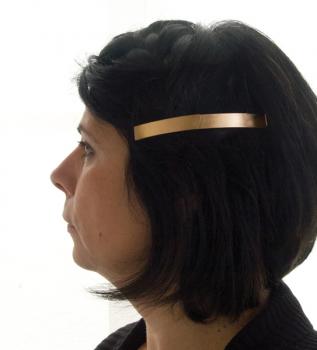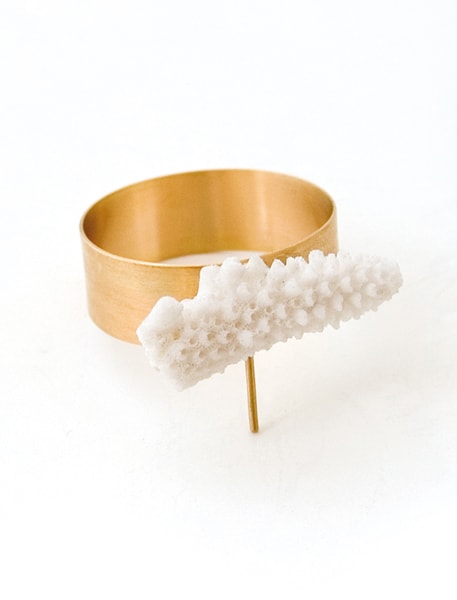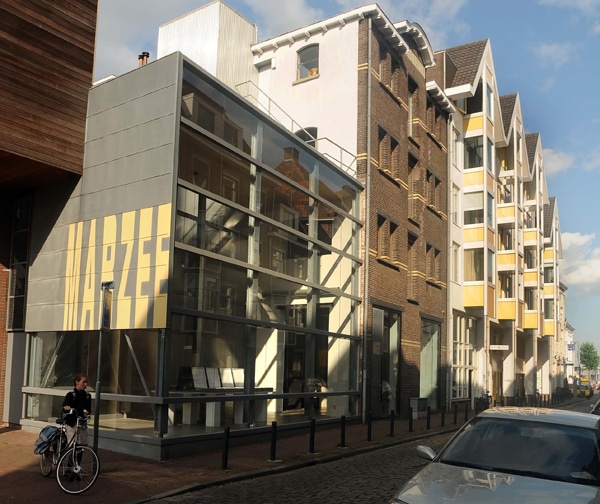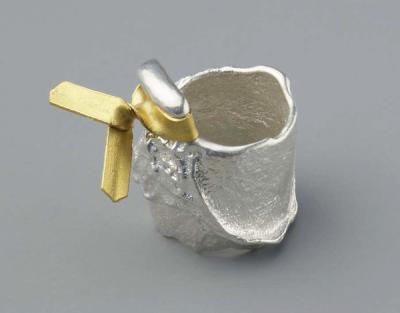Ana Albuquerque
 Aaron Decker is a recent graduate who is using a CCCD (Center for Craft, Creativity and Design) grant to travel in Europe and interview artists. He has been traveling in Lisbon and in this, the third interview in his series, he talks with Ana Albuquerque, a Portuguese jeweler with a smooth, minimal bent. During his time in Portugal he has been the Artist-in-Residence with PIN who, without their assistance, this research and the interviews would not have been possible.
Aaron Decker is a recent graduate who is using a CCCD (Center for Craft, Creativity and Design) grant to travel in Europe and interview artists. He has been traveling in Lisbon and in this, the third interview in his series, he talks with Ana Albuquerque, a Portuguese jeweler with a smooth, minimal bent. During his time in Portugal he has been the Artist-in-Residence with PIN who, without their assistance, this research and the interviews would not have been possible.
Aaron Decker: Ana Albuquerque is a Portuguese jewelry artist with an expansive view. She has not limited herself to jewelry only but also includes sculpture in her practice. Since 2007 she has been the Vice President of The Association of Portuguese Jewelry (PIN), which is an organization committed to increasing the knowledge about and coverage of Portuguese jewelry. Her familiarity with the subject and of the artists working in Portugal is the reason I chose to get her input.
When did you start studying jewelry? Or if you started with another discipline, what was it and how did you start working in jewelry?
Ana Albuquerque: I have a degree in sculpture from the Lisbon School of Fine Arts, but jewelry was always my goal, because sculpture and jewelry have some characteristics in common. Jewelry has specific qualities that are of the utmost interest to me, like its privileged relationship to the body. The piece of jewelry has its own time of perception and fruition. By wearing it we are aware of its presence, a presence that dissolves into the unconscious, to be felt in one moment and forgotten the next. This subtle relationship fascinates me. Its scale also evokes our human condition and the possibility to relate to art on a daily basis, bringing into our lives and the lives of others a presence that is frequently unavailable. Our houses are the small space that each one of us occupies and they are getting smaller all the time. Jewelry gives us a macro view through a micro size. I tend to identify with jewelry that involves the body with a specific structure. I feel an intense relationship with three-dimensional forms, so I prefer the arts that are related to space: architecture, installations, sculpture, dance and Jewelry.





